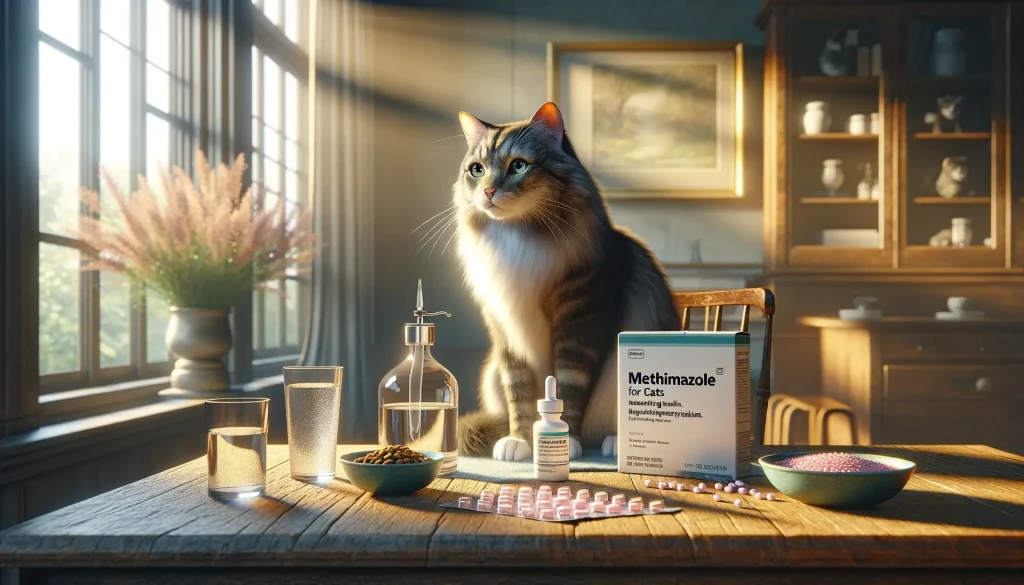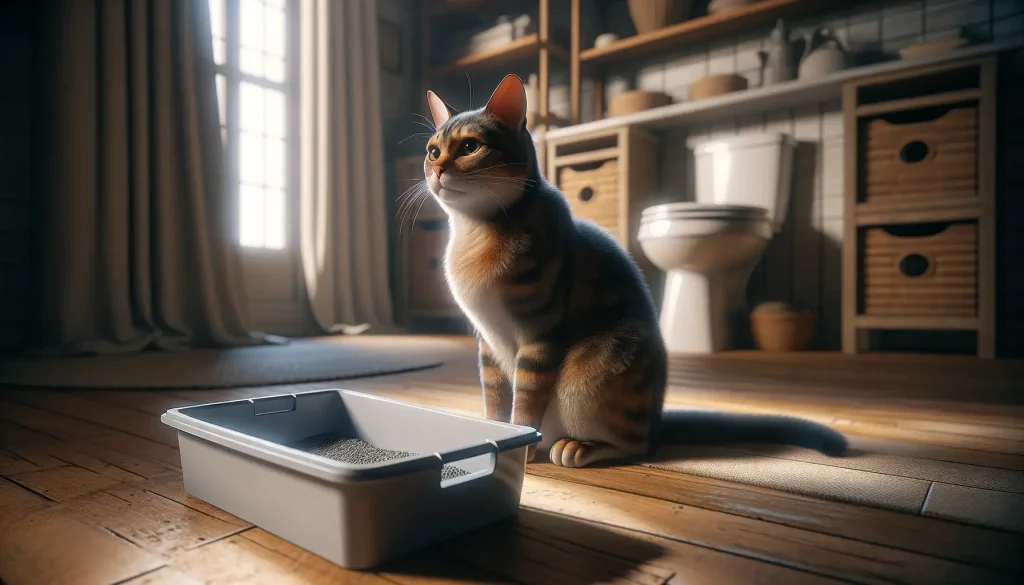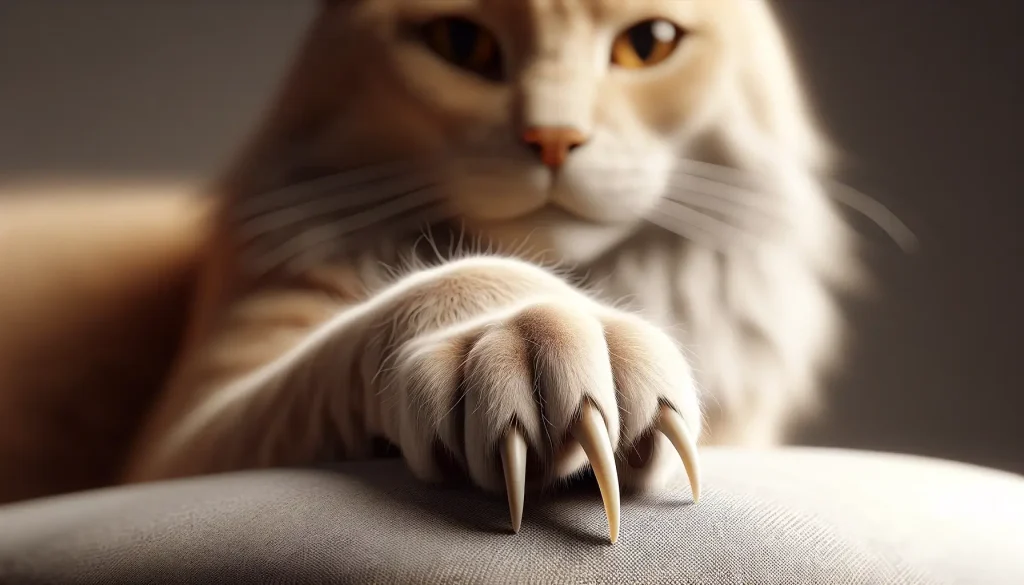
For many pet owners, the mystery of how our feline friends maintain their claws is a subject of fascination and curiosity. Cats are notorious for their sharp claws, but not everyone knows about the complex structure and the natural shedding process these claws undergo. Understanding the intricate architecture of a cat’s claw can shed light on their natural behaviors and help us care for them better. The claw structure, primarily consisting of a cornified claw sheath, is generated by the living epidermis and is supported by the dermis and distal phalanx—a detailed mechanism that is both fascinating and essential for a cat’s daily activities like climbing and defense. But how exactly does this shedding mechanism work, and what role does it play in the health and well-being of our feline companions?
The claw sheath’s complex structure, including the ossified unguicular hood, dorsal dermal papilla, and the hard-cornified components such as the external coronary horn and proximal cone horn, plays a critical role in the claw’s health and functionality. The shedding of the apical horn caps, a vital component of this intricate system, is facilitated through the development of microcracks in the superficial layers of the claw. This natural process allows cats to maintain sharp and healthy claws necessary for their survival and daily activities. But what implications does this have for pet owners and the care of their cats?
The Complex Claw Architecture in Cats
The cornified claw sheath in cats is an extraordinary example of nature’s design, crucial for our pets’ survival and daily activities. This sheath’s elaborate architecture, formed by the living epidermis and supported by the underlying dermis and distal phalanx, showcases the intricate anatomy that facilitates a cat’s claw shedding mechanism. By diving into the specifics, pet owners can gain insights into their cat’s natural behaviors and how to support their well-being.
The distal phalanx plays a foundational role in the claw structure, featuring an ossified unguicular hood that creates a unique unguicular recess, essential for the claw’s integrity and function. Adjacent to this, special structures like the dorsal dermal papilla and curved ledges, contribute to the formation of the cornified claw sheath’s various layers.
The sheath itself is composed of multiple types of horn, each with a specific function. The external coronary horn and proximal cone horn form the root of the claw within the unguicular recess. Encasing this is the hard-cornified apical cone horn, enveloping the dorsal dermal papilla to create the claw’s hardened tip. Additionally, the introduction of the blade horn along the sides of the sheath represents a critical evolutionary development, containing the hard-cornified parietal horn on its internal side and covered externally by the coronary and proximal cone horn.
The process of shedding, essential for maintaining a cat’s claw health, is initiated by microcracks in the superficial layers of the external coronary and proximal cone horn. These cracks propagate tangentially through the coronary horn, allowing for the natural shedding of the apical horn caps without damaging the underlying living tissues. This seamless process ensures that cats can retain sharp claws necessary for their various daily activities, from climbing to defense.
Caring for your cat’s claws goes beyond simple grooming; it’s about supporting a crucial biological process through informed, attentive care. Recognizing the importance of the cornified claw sheath’s architecture not only enhances our understanding of our pets but also promotes a harmonious living environment, conducive to their natural behaviors and well-being.
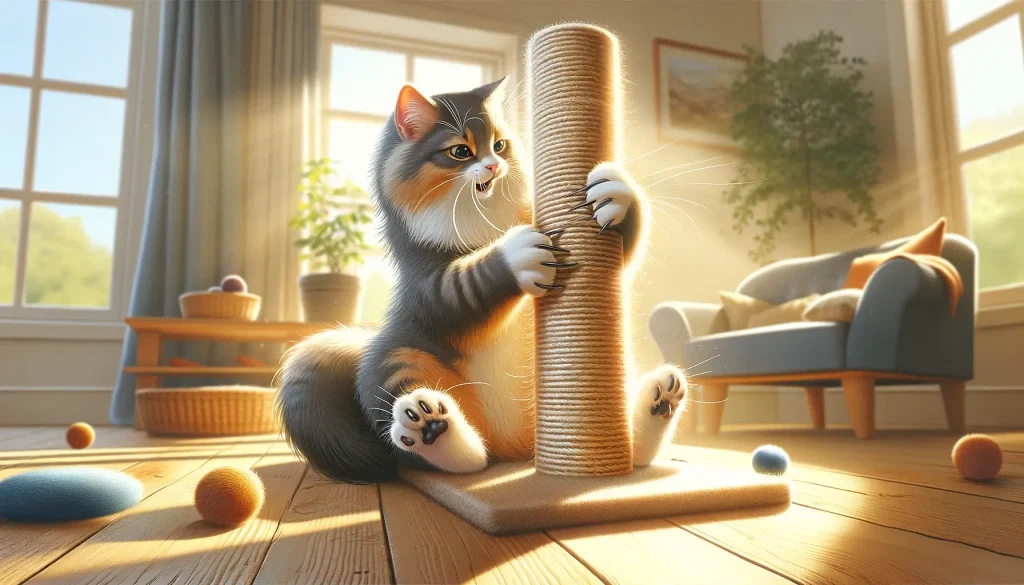
Caring for Your Cat’s Claws
As pet owners, understanding the claw shedding mechanism of our cats is crucial for their health and wellbeing. The structure of a cat’s claw is not just a marvel of nature but a key to ensuring our furry friends remain comfortable and agile. The cornified claw sheath, a marvel in itself, comprises several components vital for the claw’s functionality and the cat’s ability to shed old sheaths. But how does this knowledge translate into everyday care for our pets?
The intricate design featuring the ossified unguicular hood, dorsal dermal papilla, and various types of horn – each plays a specific role in the health and efficiency of a cat’s claw. These elements come together to form a structure that allows for the regular shedding of the claw sheath, which is essential for maintaining sharpness and preventing injury. Understanding this process is pivotal for pet owners, as it impacts how we approach claw care and grooming.
- The ossified unguicular hood forms a protective covering for the base of the claw.
- The dorsal dermal papilla assists in producing the hard-cornified part of the claw.
- Microcracks in the claw sheath signal the start of the shedding process, allowing for the natural discard of the old sheath without harm to the cat.
For pet owners, this means regular checks and maintenance are essential. Being observant of changes in your cat’s claw health can prevent discomfort and potential infections. Providing scratch posts and engaging in gentle handling of their paws can also ease this natural process, making it seamless and stress-free for your cat. Understanding the shedding mechanism is not just about biology; it’s about ensuring our pets are happy, healthy, and able to live their lives to the fullest.
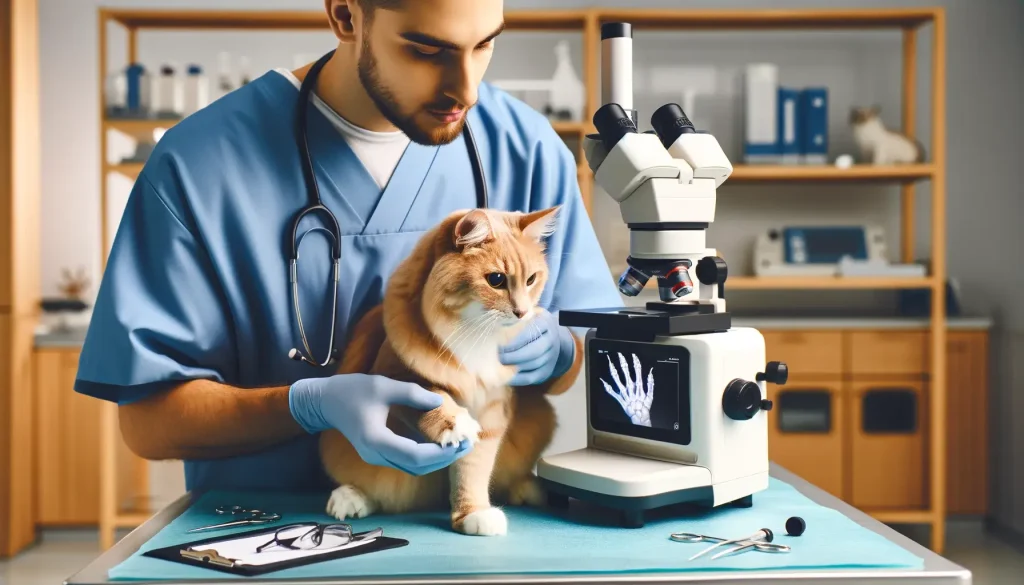
Home Care and When to See the Vet
As pet owners, we often have questions about how to best care for our cat’s claws at home and when to seek professional help. Here’s a guide to help you navigate claw care, keeping your feline’s paws healthy.
Home Care for Cat Claws
Most aspects of cat claw care can be managed at home with the right approach and tools. Here are some tips:
- Regular Inspections: Check your cat’s claws regularly for signs of damage, overgrowth, or embedded debris.
- Trimming: With a proper cat nail clipper, trim the tips of your cat’s claws to prevent overgrowth and splitting. Avoid the pink area known as the “quick” which can cause bleeding if cut.
- Scratching Posts: Provide durable scratching posts to support natural claw maintenance and shedding. This caters to their instinctive scratching behaviour and helps prevent furniture damage.
- Gentle Handling: Regularly touch your cat’s paws to get them accustomed to handling. This makes inspections and trimming easier.
When to Visit the Vet
While many aspects of claw care are manageable at home, certain situations require professional veterinary attention. Here’s when you should consider a vet visit:
- Infections: If you notice swelling, redness, or discharge around the claws or paw pads, it could indicate an infection.
- Injuries: Deep splits, broken claws, or claws that bleed should be examined by a vet to prevent complications.
- Overgrowth and Ingrown Claws: Claws curving into the paw pads need veterinary care to prevent pain and infections.
- Behavioral Changes: If your cat suddenly dislikes paw handling or shows discomfort during grooming, it’s best to consult a vet.
Understanding your cat’s claw structure and shedding mechanism aids in proper home care, but recognizing when professional help is needed is just as important. Keeping an eye on your cat’s claws and being proactive in their care ensures your pet stays happy, healthy, and agile.
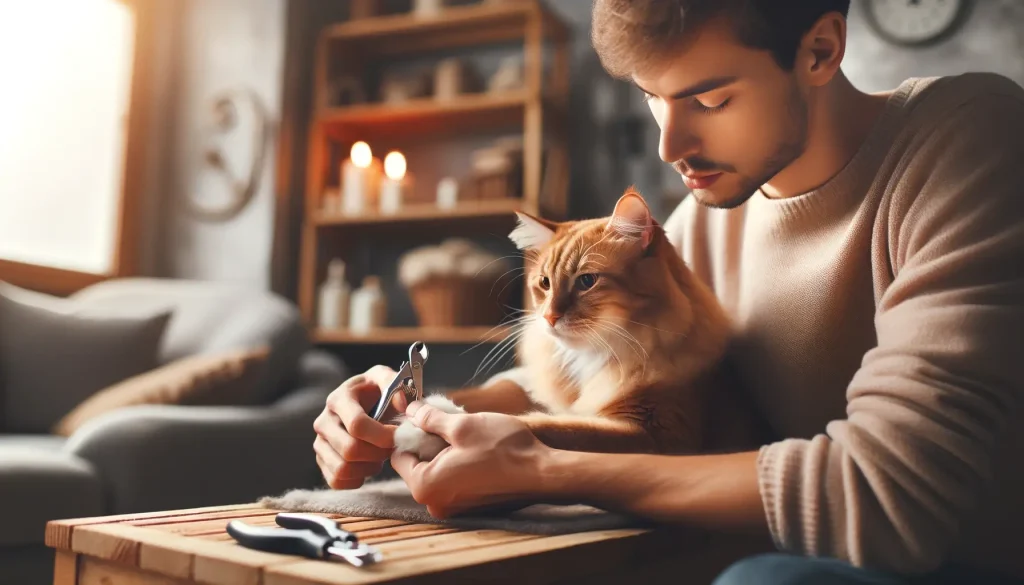
Preventive Tips for Healthy Cat Claws
Keeping your cat’s claws healthy is more straightforward than many pet owners think. Yet, the key lies in understanding the claw’s structure and taking preemptive steps to avoid issues. Here are actionable tips to help prevent claw problems in your feline friend.
- Invest in Scratching Posts: Scratching is a natural behavior for cats. It helps them shed the outer sheath of their claws, mark territory, and stretch their muscles. Providing several scratching posts or pads in different textures and positions encourages this behavior, aiding in the natural shedding process.
- Regular Claw Inspections: Make it a habit to inspect your cat’s claws frequently. Early detection of abnormalities like overgrown or split claws can prevent discomfort and infections. Look for any signs of irregular shedding or retained horn caps that might indicate health issues.
- Proper Nutrition: A balanced diet is crucial for overall health, including claw structure. The right nutrients support the keratin production necessary for strong and healthy claws. Ensure your cat’s diet includes all essential vitamins and minerals for optimal claw health.
- Claw Trimming Education: Learning how to safely trim your cat’s claws can prevent overgrowth and the complications that come with it, such as ingrown claws. Use sharp, cat-specific clippers and avoid the quick, trimming only the sharp tips to maintain their natural defense mechanisms without causing harm.
- Maintain Play and Exercise: Engaging your cat in play and physical activities not only keeps them fit but also promotes natural claw care. Toys and activities that encourage catching, climbing, and swiping can help manage claw length and health.
- Stress Reduction: Stress can lead to excessive scratching or neglect of grooming in some cats. Creating a comfortable and enriching environment reduces stress, which in turn can positively affect your cat’s claw health and overall wellness.
By taking proactive steps and maintaining a routine that supports natural claw care, you can ensure your cat’s claws remain healthy. It fosters not just physical well-being but also a happy and active lifestyle for your feline companion.
Beginner Guide to Raising Quail at Home
What are the Signs of a Dog Concussion?
What Causes Your Dog’s Ears to Smell Bad?
When your dog’s ears start to emit an unpleasant odor, it might leave you puzzled…
Methimazole Treatment for Cat Hyperthyroidism
Methimazole plays a crucial role in managing feline hyperthyroidism, a condition marked by an overactive…
Got Hummingbirds in your Backyard? Here’s How to Care for Them.
Why Does Your Cat Pee Outside the Litter Box?
Cat’s Litter Box Issues It’s not uncommon for cat owners to face the frustrating dilemma…



